Where to stay on the Boso Peninsula
So, let's say you're looking to get out of Tokyo for a couple of days. Maybe you've just arrived into the country via Narita Airport, or perhaps you're in the area for a visit to Tokyo Disney Resorts and just want to tag on some extra time relaxing on the beach - in either case, the ideal spot for you might just be the Boso Peninsula.
Jutting out from the southeast corner of Japan's largest island of Honshu and forming the far side of the Tokyo Bay, the area has long been popular with residents of Tokyo for its sandy beaches, rural landscapes and low-key charm, yet remains largely unknown to international visitors - making it ideal for a restful mid-trip pause without the overcrowding that can come with more popular destinations.
Whether you're travelling at the peak of summer or in the cooler months, the peninsula's climate is one of the mildest in the Kanto Region and means that it always has something to offer - spring comes early, autumn lingers and winters are relatively gentle, while its wholly evergreen forests keep their looks year-round.
In this article, I'll introduce two of the Boso Peninsula's best-loved beaches, explore some recommended accommodation options in the area and show how an overnight stay on the peninsula can fit easily into most travel itineraries.
Kujukuri
Facing the Pacific Ocean from the north-east side of the Boso Peninsula, Kujukuri is one of the longest, straightest and flattest beaches in all of Japan. According to local legend, a samurai warlord ordered a henchman to pace out its length, with the result - about 99 ri (an old unit of distance equivalent to a little under four kilometers) - giving it the name that has stuck ever since. Despite its attractiveness the area would remain a backwater for most of its history, best known for salt production and as one of the country's biggest sardine fishing grounds, the latter mostly dried and sold in Tokyo as food and fertilizer.
Today, it's one of Japan's premier surfing destinations owing to consistent swells, a sandy, hazard-free sea floor and a good mix of beginner-friendly and advanced sections - especially around Ichinomiya which hosted the surfing events for the 2020 Olympics. Just behind the dunes, the coastal plains are fertile and produce peanuts and sweet potatoes - both common sights at local shops and markets.
While the area is most easily explored by car, access from Tokyo is a relatively straightforward matter of taking a rapid or limited express train as far as Togane Station - a journey of about 90 minutes with one easy change at Soga Station. From here, the Katakai Bus Line can bring you to Katakai Beach close to Kujukuri's mid-point in about 20 minutes, while the Sunrise Kujukuri Line connects to the upper part in 25-30 minutes.
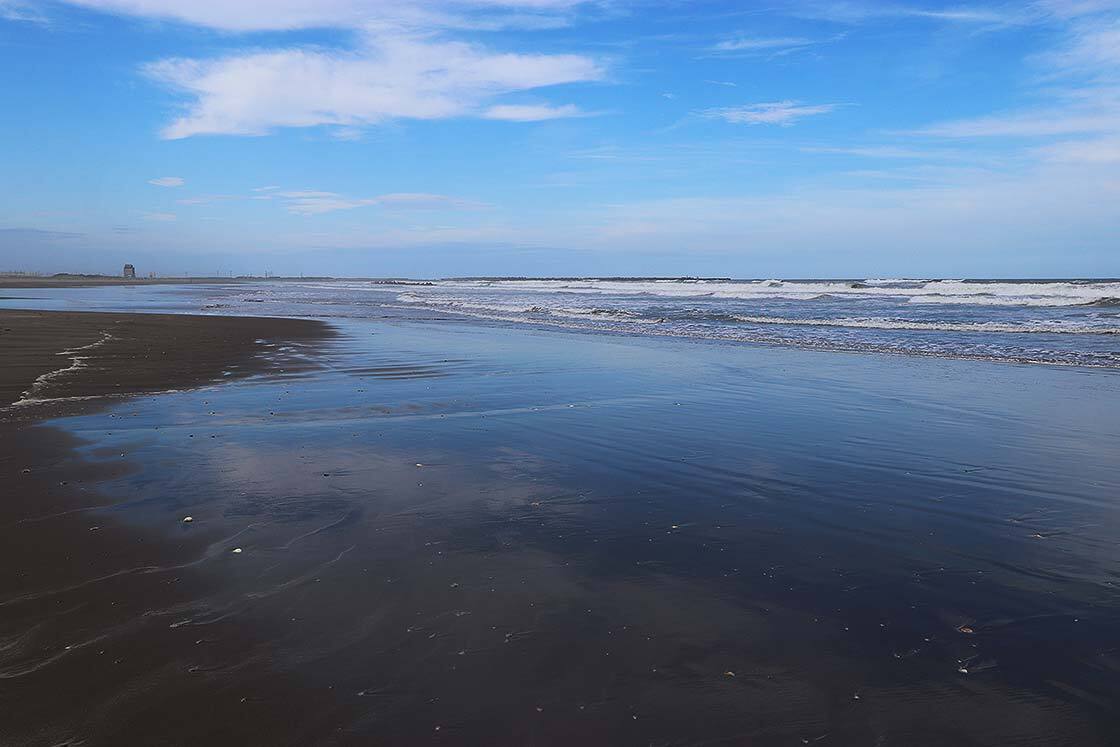


Alongside the beach with its unusual length and graceful uniformity, the broad, shallow water close to the shore adds to the impressive sense of space, making it perfect for long walks and relaxation.
The coastal waters off of the Boso Peninsula are especially rich owing to a confluence of warm and colder currents, and while sardines used to be the main export, today it is also known for horse mackerel, flounder and high-quality clams, all of which have become staples of the area's cuisine.
Whether you're staying overnight or just passing through, a great place to try fresh local seafood is at UMINOEKI KUJUKURI, a modest roadside facility just a few steps from the beach, serving jointly as a market, diner and local history museum.
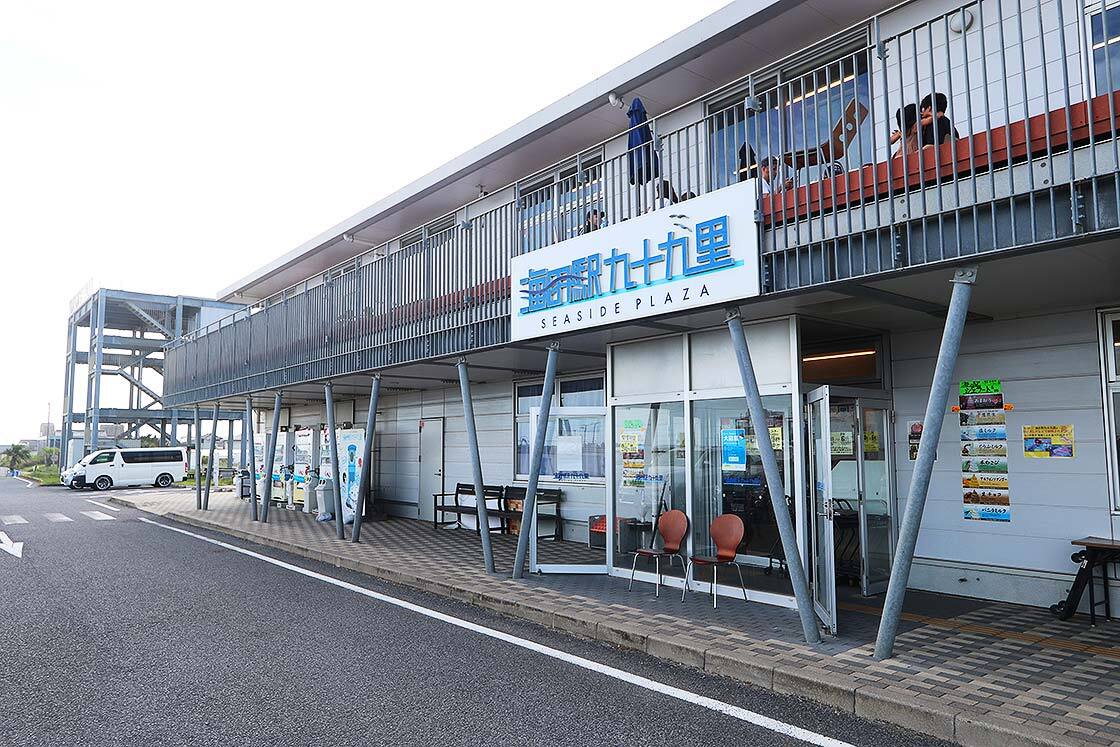
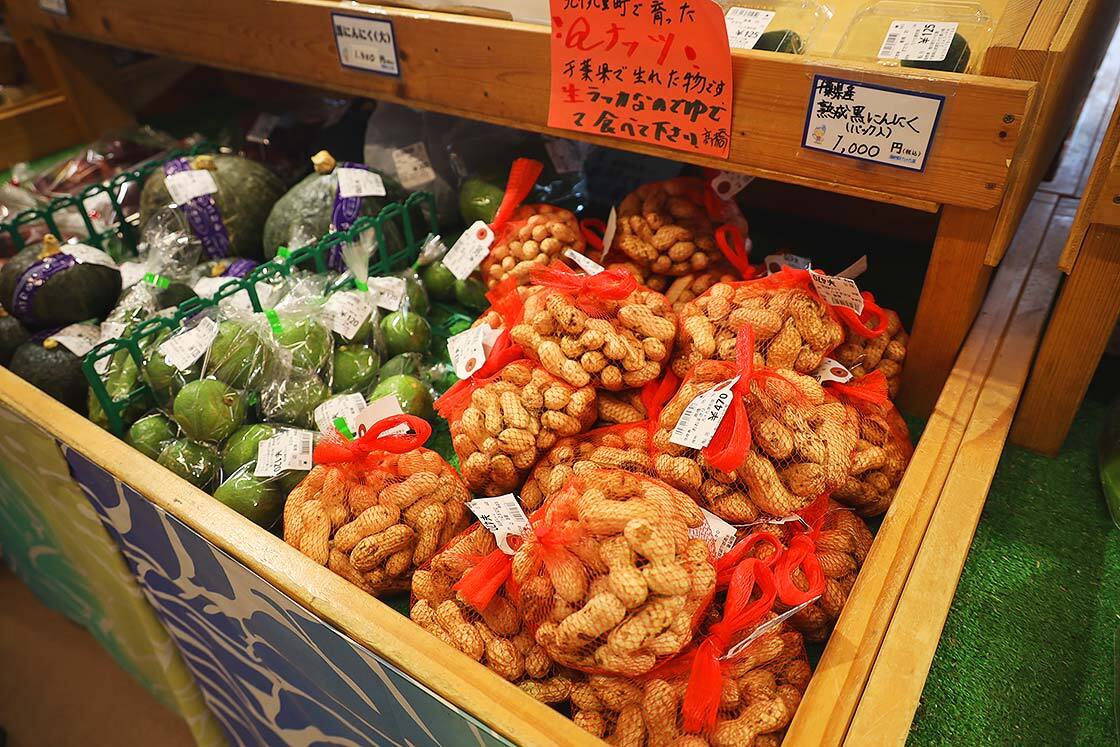
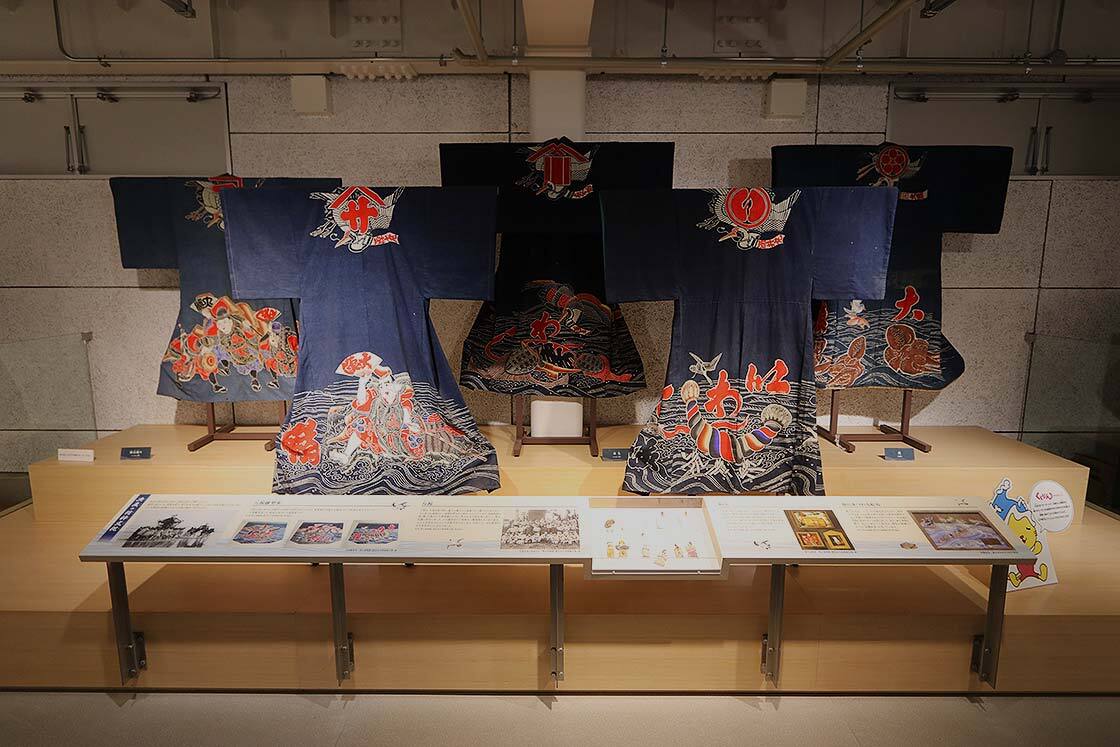

Set just a short walk back from the broad sands of Kujukuri Beach, SEISHOTEI SHIRASUNA RYOKAN occupies a prime spot in the quiet seaside hot spring town of Shirako Onsen. While its exterior might look a little faded at first glance, inside the atmosphere is modern and refined, with the warmth and hospitality of a long-established ryokan.
Guest rooms come in a variety of types, from simple and affordable Japanese-style spaces to larger suites equipped with private baths. The overall feel is relaxed and unpretentious, with enough comfort and space to make it ideal for couples or families seeking a quiet coastal retreat.
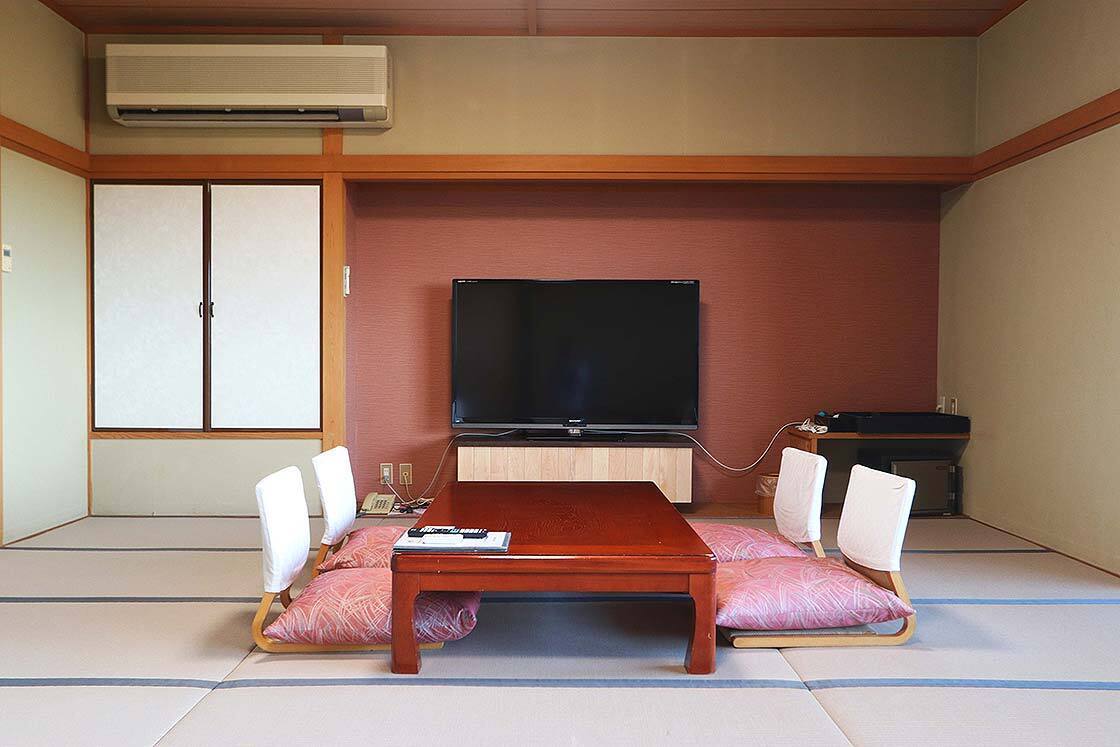
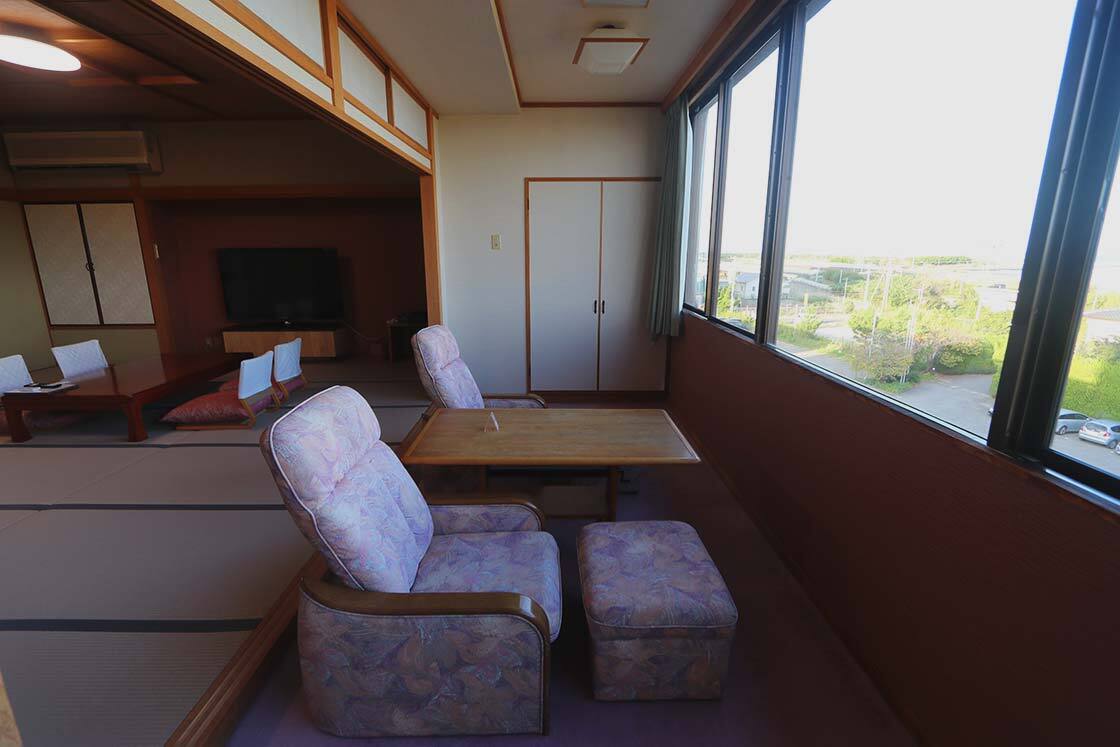
Bathing is one of the ryokan's highlights, with the usual shared public baths and others that can be reserved for private use. The local hot spring waters, drawn from the mineral-rich source of Shirako Onsen, are prized for their velvety texture on skin and reputed beautifying effects - a soothing contrast to the briny sea air.
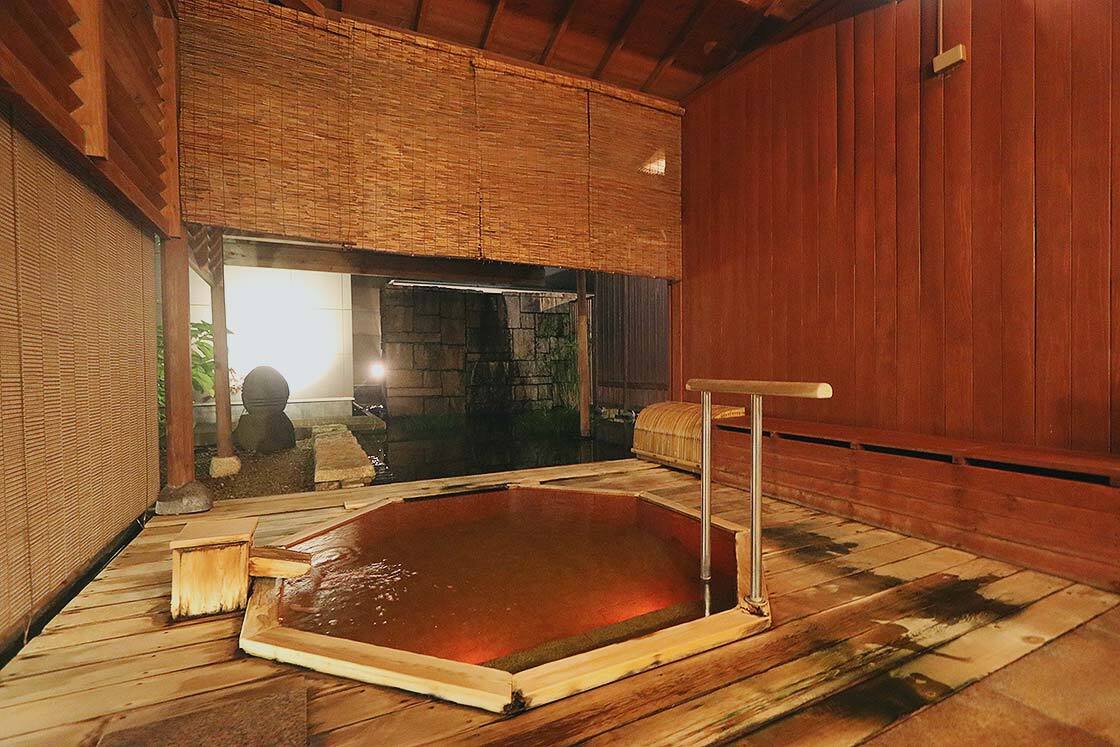
Meals, served in a comfortable ground floor dining room with garden views, are another major draw. Served as beautifully presented kaiseki-style courses, the menu celebrates the bounty of the nearby Pacific, featuring dishes built around local seafood and seasonal ingredients. Combined with attentive service and a quietly elegant setting, the ryokan offers a welcoming blend of comfort, tradition, and value.

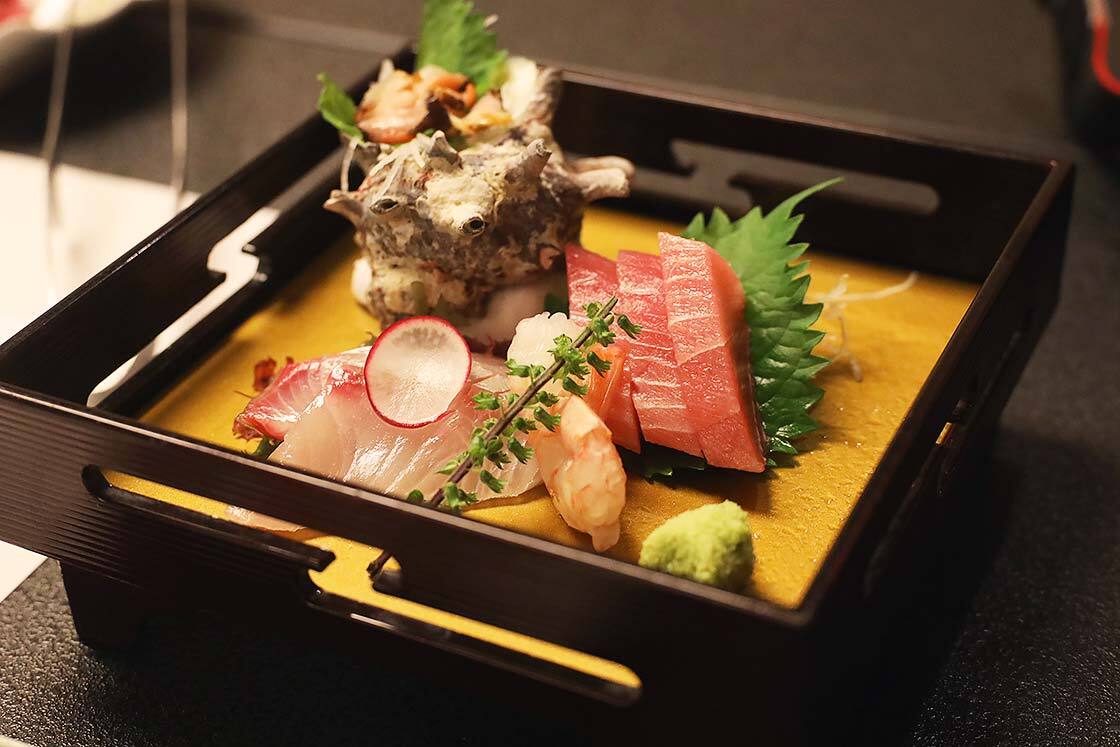
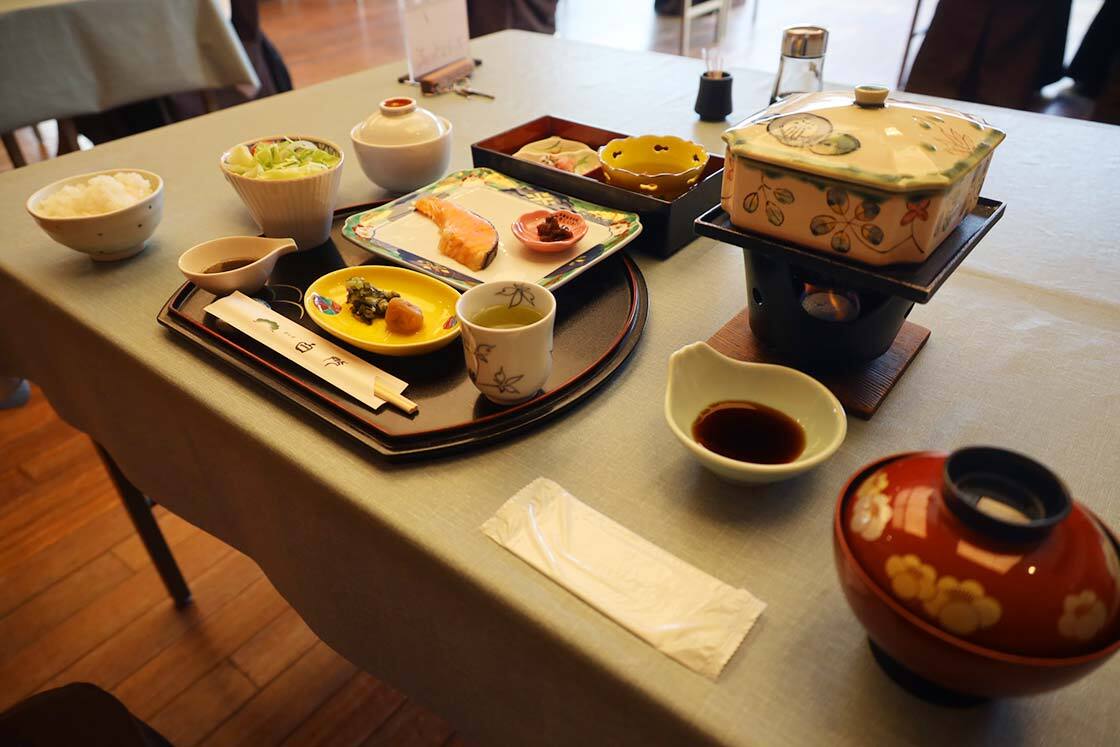
While the ryokan experience is perfect for those looking for relaxation, traditional hospitality and a slower pace, sometimes all you need is something budget friendly with the flexibility to come and go as you please. Set in an open, grassy space just 5 minutes' drive from the beach, COTTAGE & PENSION NANJA MONJA offers the best of both worlds, with comfy rooms, multiple dining options and an impressive number of amenities wrapped up in a fun, outdoorsy package.
Here, the guestrooms take the form of separate cottages, available in a range of sizes and with a pleasantly woody feel that perfectly matches the leafy surroundings. While most travelers will be right at home in the standard, compact type, those traveling with families or for extended periods may prefer the newer villa section with spacious living areas and multiple bedrooms.
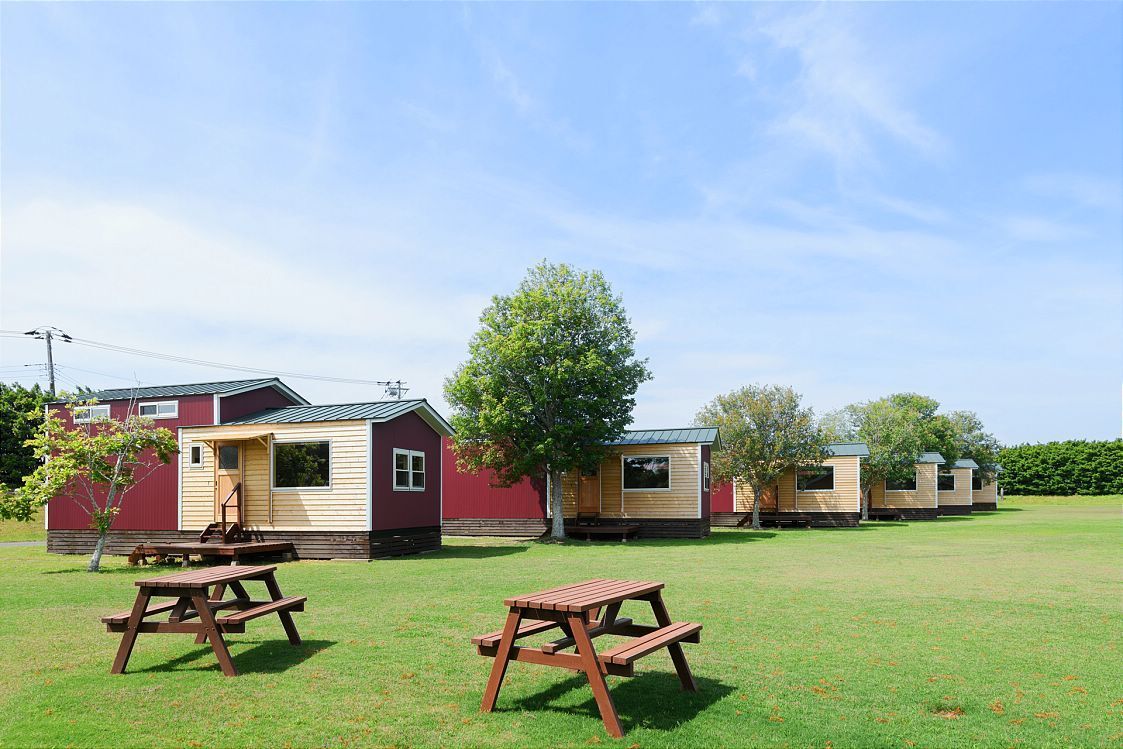
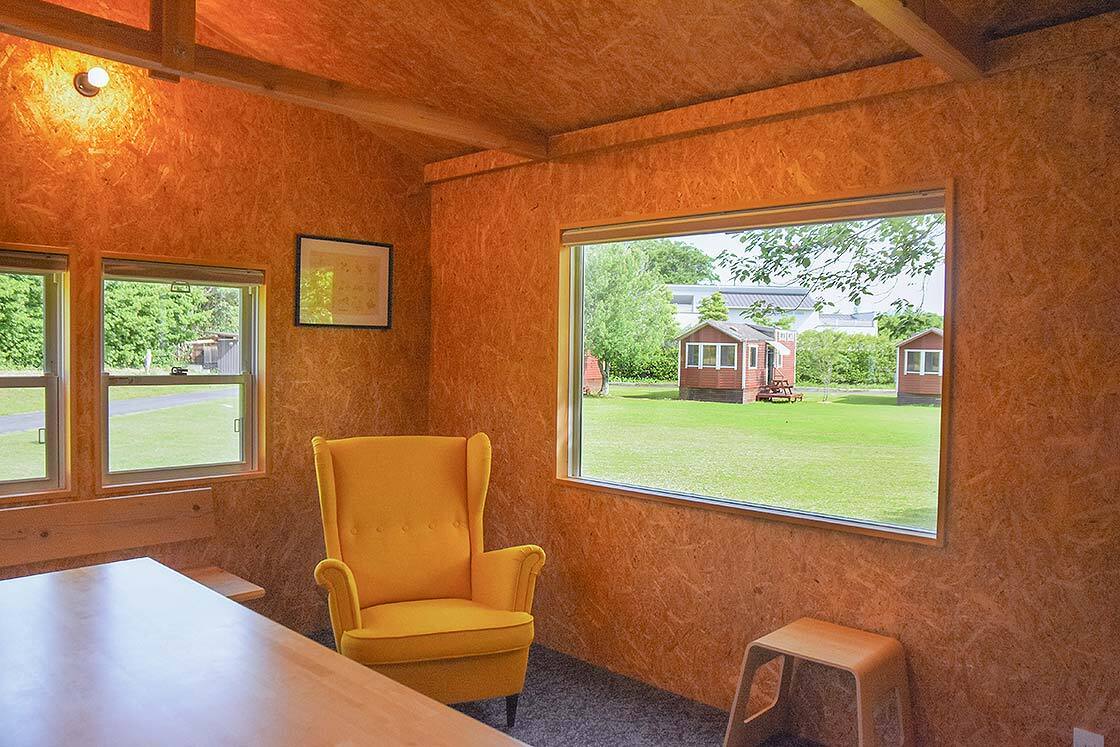
For breakfast and dinner, guests can choose between a range of barbecue sets including local meat, seafood or vegetables to prepare themselves over a grill, or in-room dining sets like sashimi platters, beef sukiyaki or shabu shabu. One point to note though is that guests staying in the Woody Cottage are limited to the barbecue.
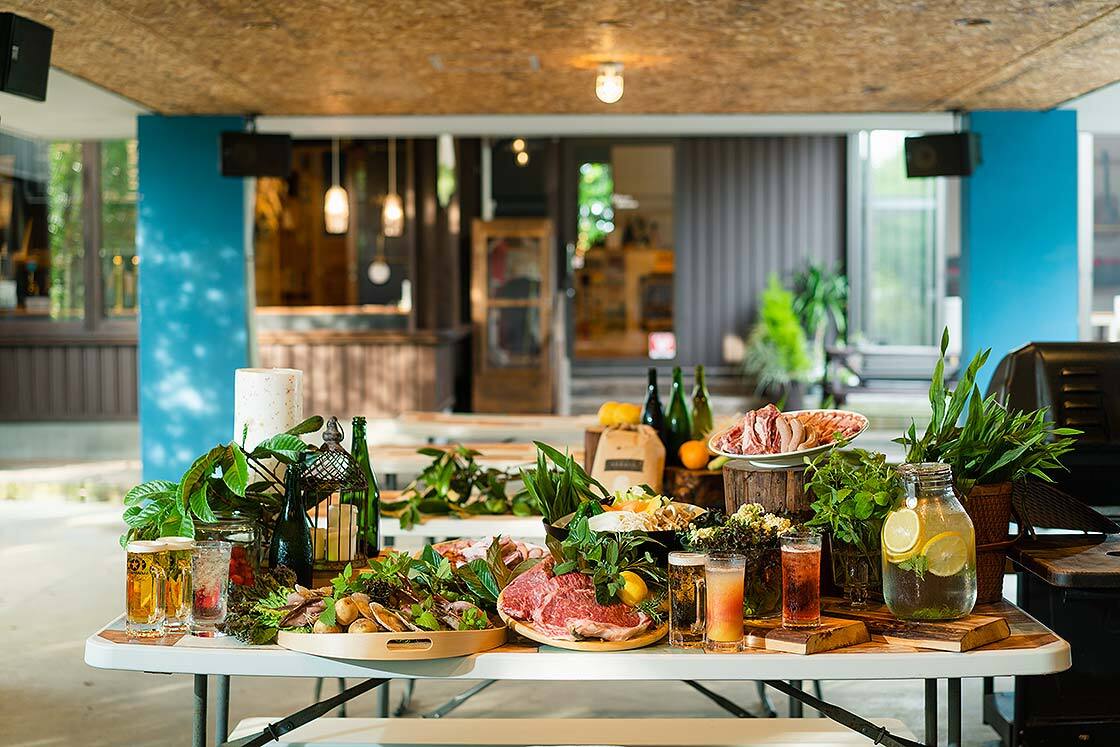
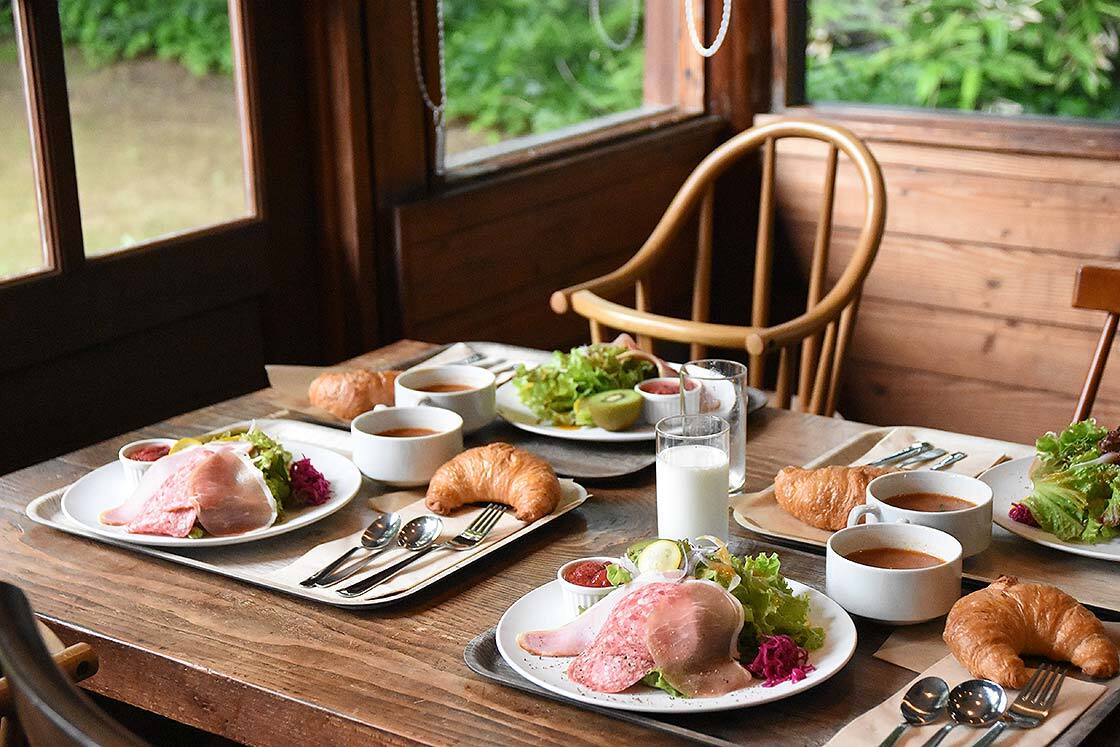
Making the most of its open setting, Nanja Monja also offers a range of experiences, on site or in the surrounding area, from fishing on the property's own carp pond to fruit and vegetable picking and even kayaking on a nearby river, while guests who just want to relax can make use of communal bathing facilities including a large, outdoor rotenburo bath and a Finnish-style sauna.
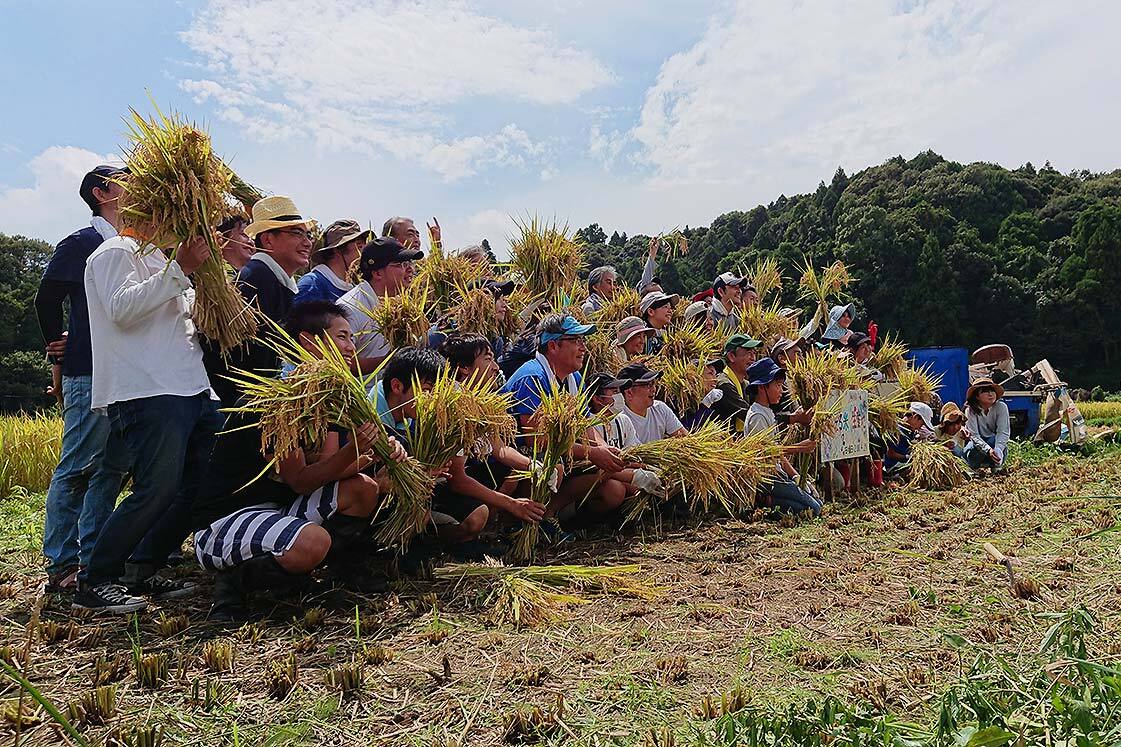
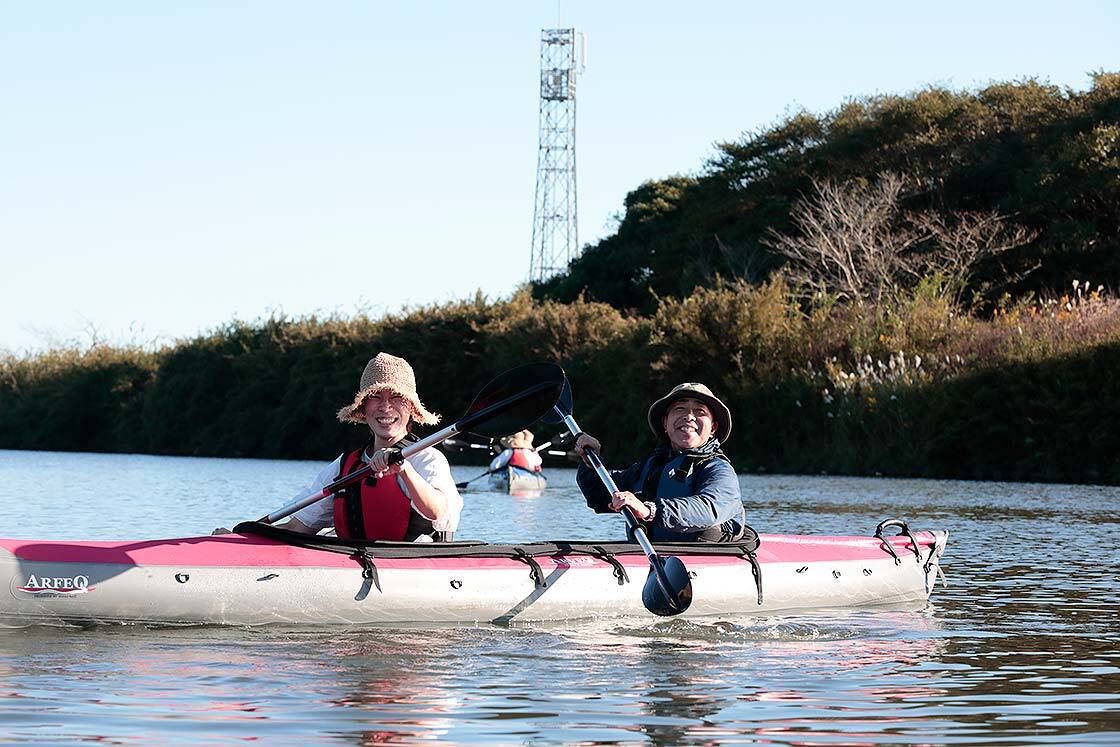
Kamogawa
Just like Kujukuri, the Kamogawa area was for centuries a working shore used by fishermen in small boats and ama, or female divers, collecting shellfish and seaweed from the ocean floor. Before the advent of modern railways and mass transit, the coastline was part of an important trade route connecting the Boso Peninsula with Tokyo, with salt and dried fish as its main commodities.
Here however, the ocean represented more than just a livelihood - for local people, it carried powerful spiritual associations. Folk legends tell of deities rescuing sailors in distress, while festivals like Utomi no Otoshi - a unique variation on the nationwide celebration of Setsubun - honor the connection between man and sea while praying for good health, safety and an abundant harvest.
Early tourism began from the late 19th century, as the gentle, sandy beaches attracted visitors from Tokyo. Sea bathing became fashionable among elites around the same time, and local inns began marketing the area as a seaside retreat.
Fast forward to today, and the area is probably best-known for Kamogawa Seaworld - a large scale aquarium and marine park famous for its live shows featuring orcas, dolphins and seals - while the main sandy strip of Maebara Beach, though not as well-known as Kujukuri, boasts enough swell and consistent waves to draw surfers from far and wide.
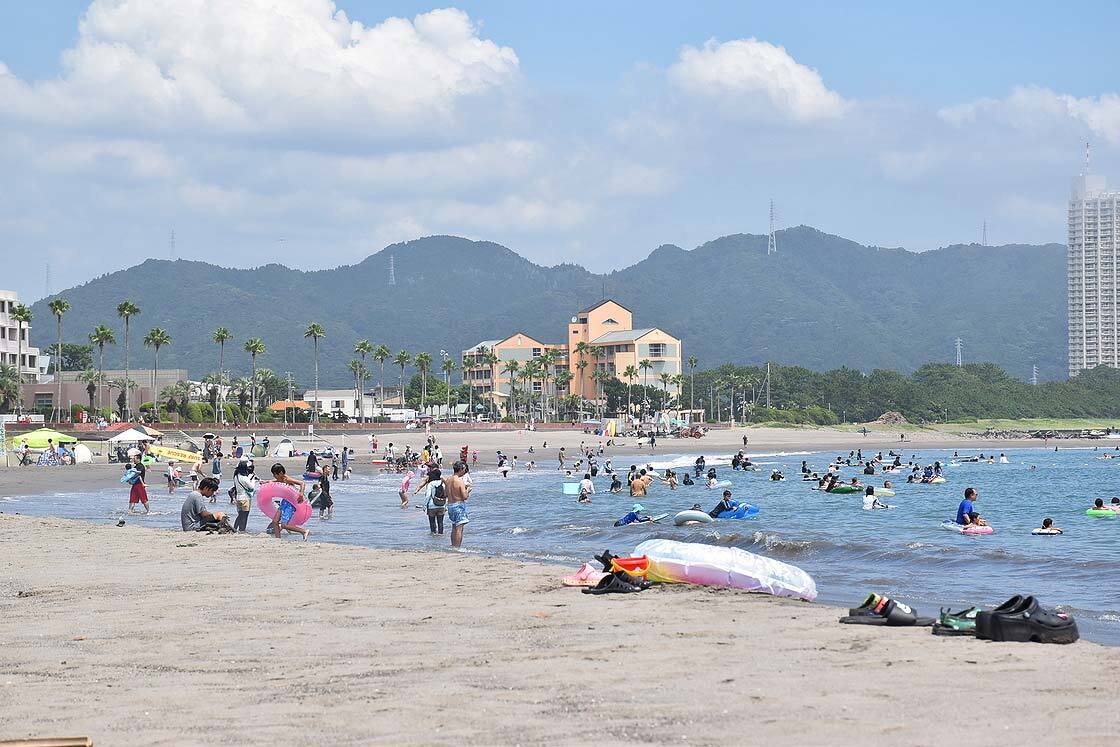
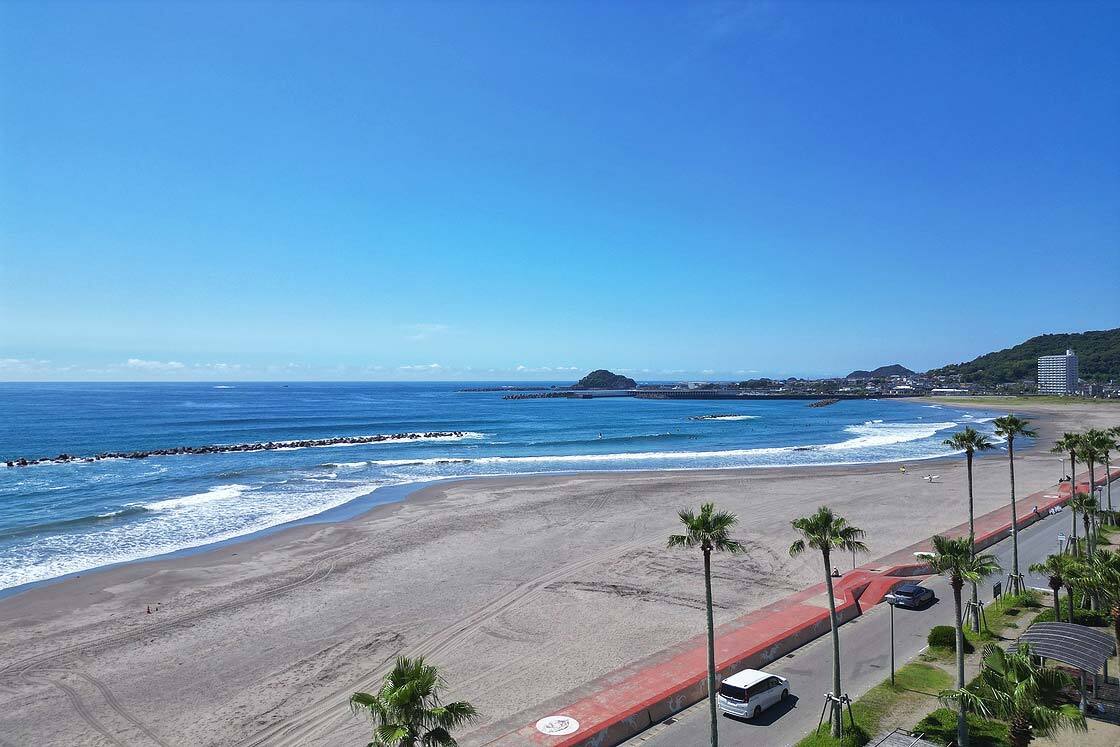
Also in common with Kujukuri, having a car will make it easier to get around and unlock more to see and do, but the area is at least straightforward to get to by train - in this case by hourly limited express trains from Tokyo to Awa-Kamogawa Station taking just under two hours.
For visitors looking to break away from the usual attractions and tap into the rhythms of local life, a great low-key spot to check out can be found a short drive down the coast at WADAURA WA O !, a pleasant roadside rest area with its own seafood diner, a shop selling local produce and some lively artworks celebrating the area's history of fishing and whaling.
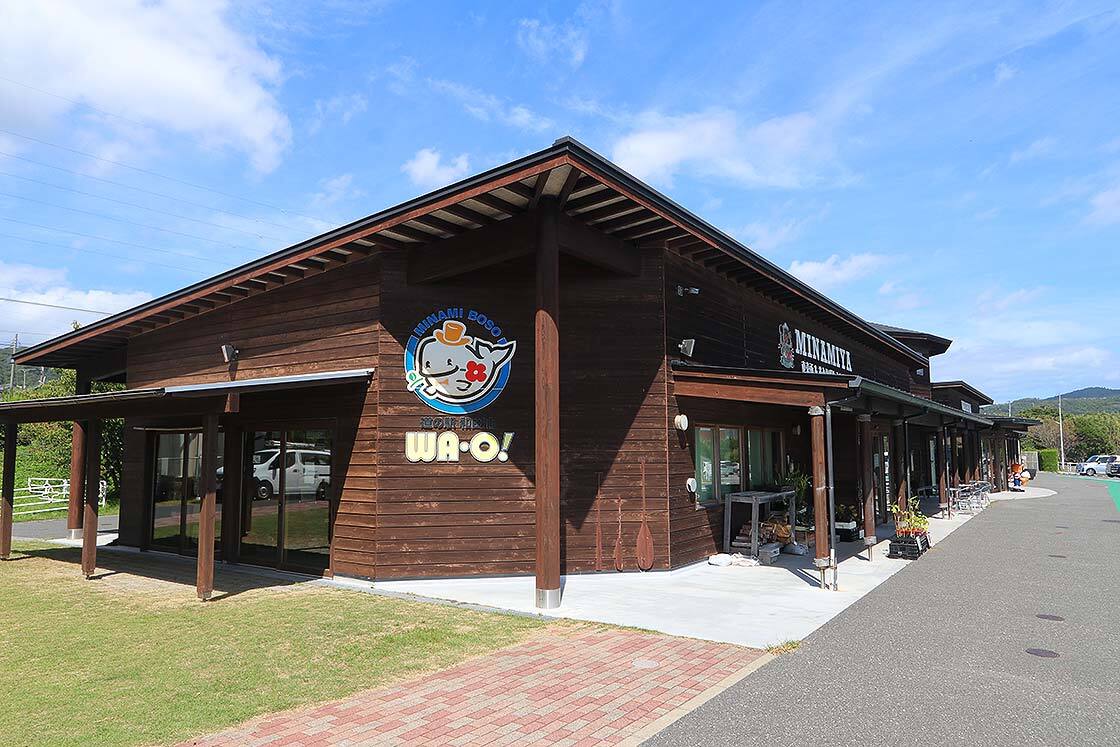
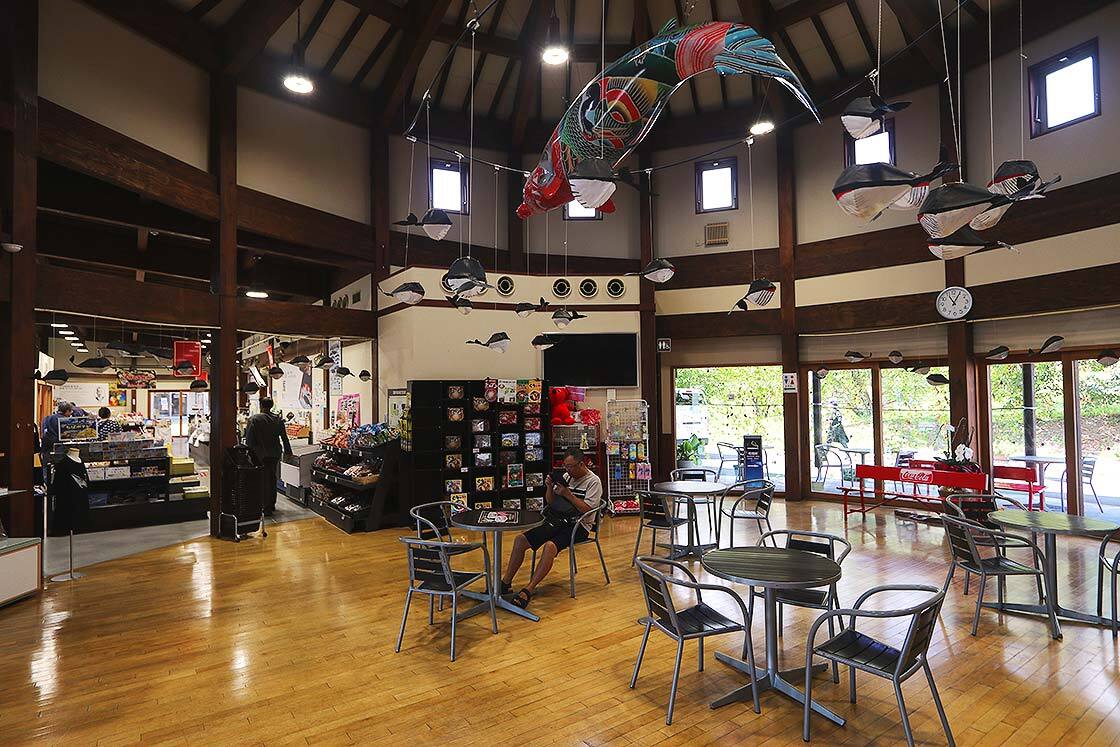
Located about 10 minutes' drive east of the main strip in the fishing village of Kominato and directly across from the historic temple of Tanjoji, the GYOSAI NAGOMI SANSUI is a chic, modern ryokan combining traditional elements - antique furniture, local art and tatami-matted rooms - with a sleek, contemporary look.
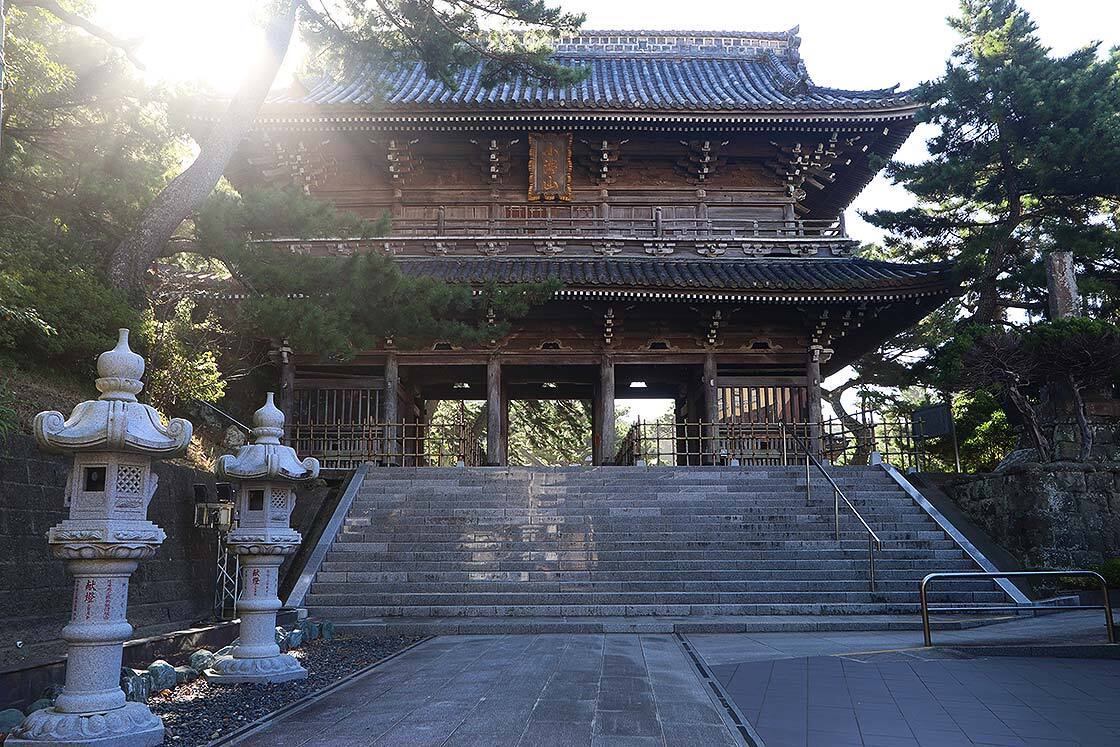
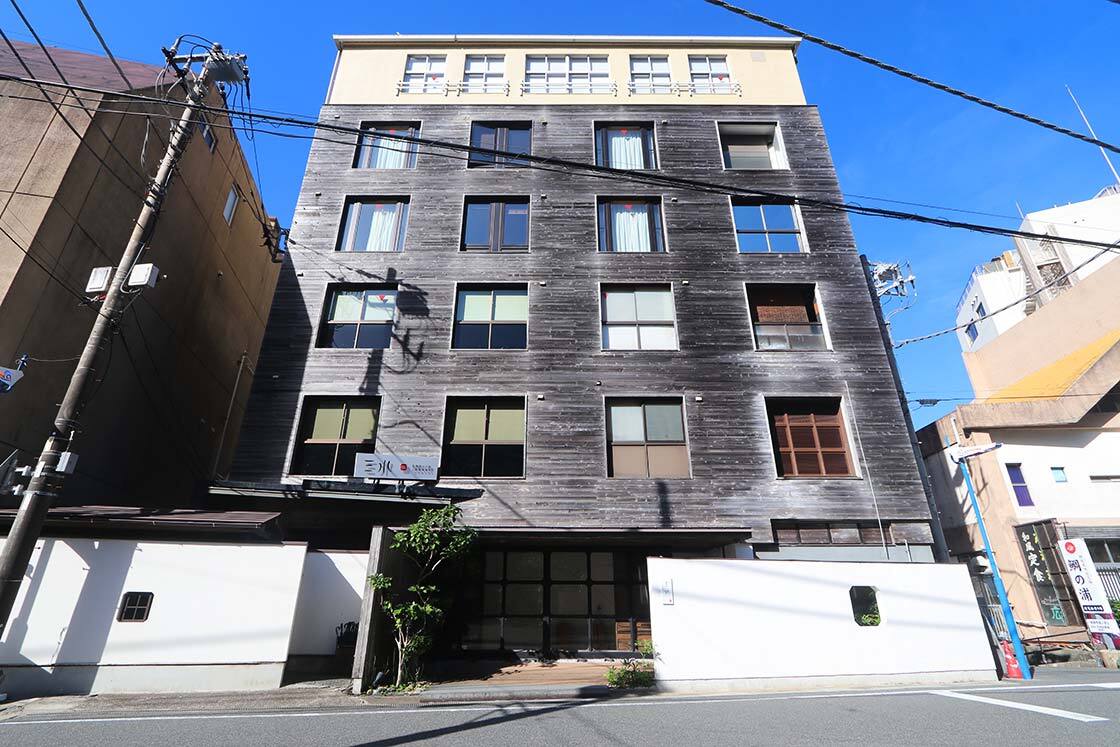
Rooms here range from an affordable standard type to more spacious ones in a separate, next-door annex, the latter boasting their own private hot spring baths and views directly over the little fishing harbor of Tainoura, where a lantern-floating ceremony takes place every year on August 10.
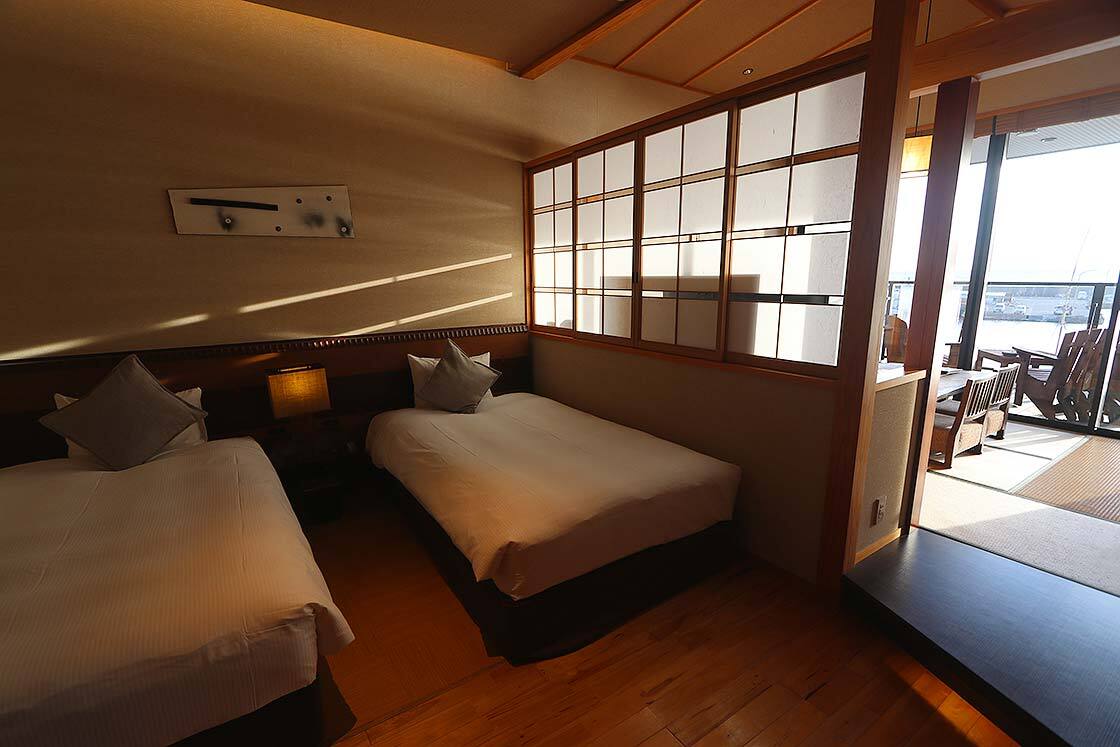
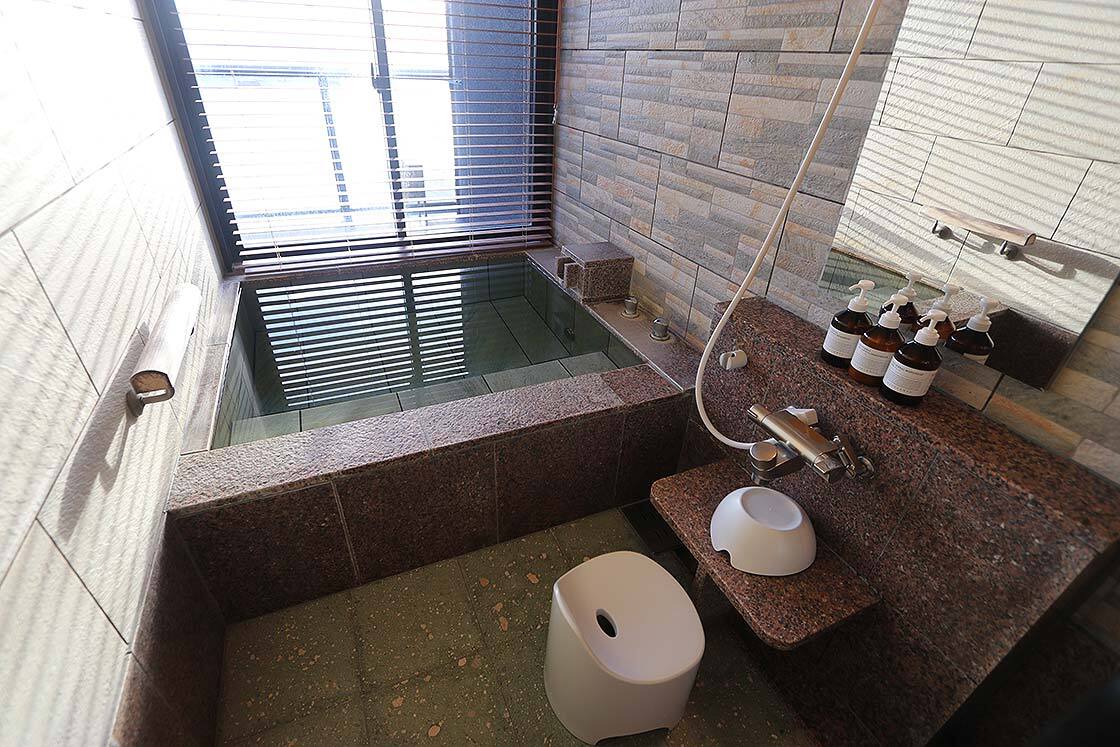

Not surprisingly, cuisine - especially seafood from the neighboring harbor - is another of the ryokan's main strengths, with meals served in elegant private dining rooms and local delicacies like kinmedai (alfonsino) and ise-ebi (spiny lobster) featuring prominently on its menus.
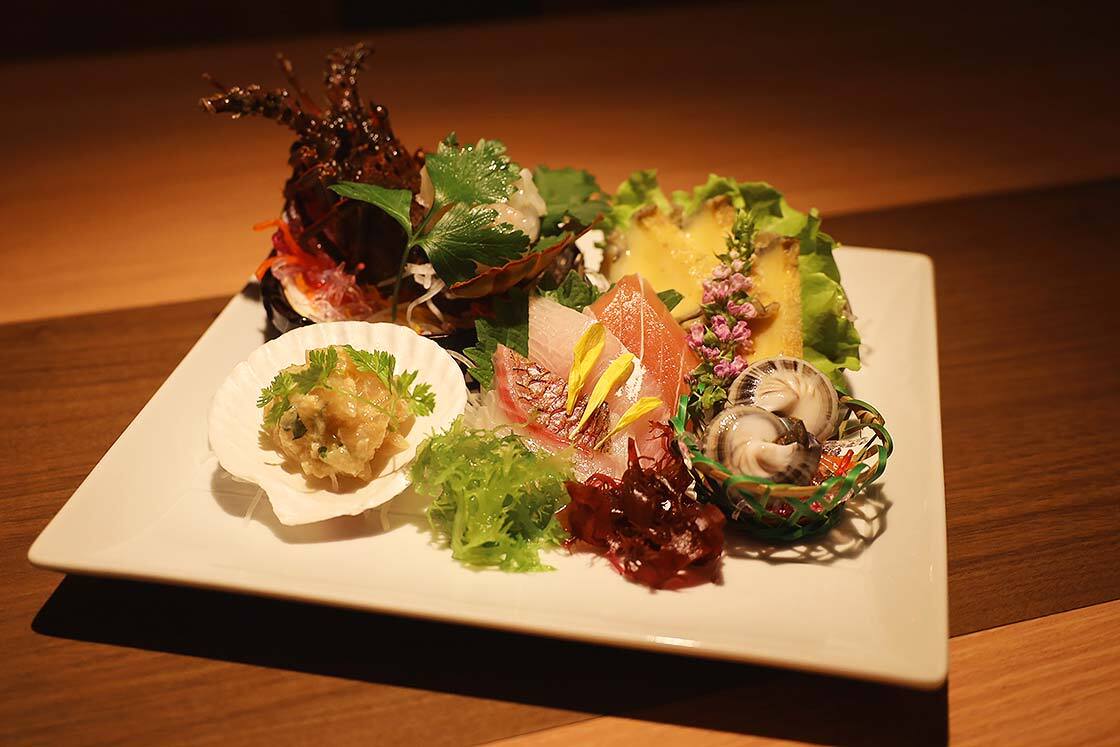
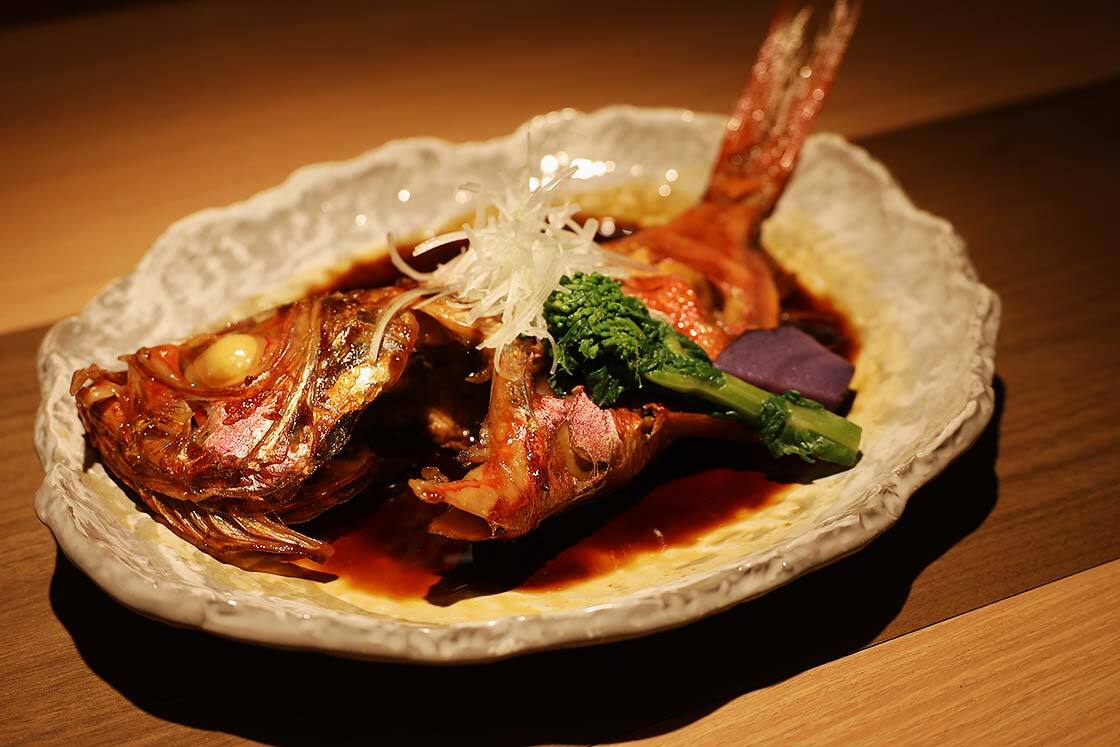
Baths are fed naturally from the source of Kominato Onsen, which though lacking the coloration and mineral richness of some mountain springs, is smooth, relaxing and said to come with a range of health benefits, from relieving tiredness to improving the skin. In addition to the main public baths, annex guests get free access to a rooftop spa area with heated infinity pool and sauna, also available to those staying at the main building for a fee of 2,200 yen.

Set just a little back from Maebara Beach behind an attractive strip of pine forest, the KAMOGAWAKAN feels quiet and secluded despite its larger size and central location. Like the Sansui, it sits roughly in the mid-to-upper range, but with a more opulent style that feels a little less boutique and more like a grand, pleasantly old-fashioned hotel.
Service here is attentive yet discrete, making guests well cared for but at the same time entirely at ease. In one nice touch, arrivals are welcomed not at a front desk but in a comfortable lounge area with tea, setting the tone for a stay that feels polished and personal.
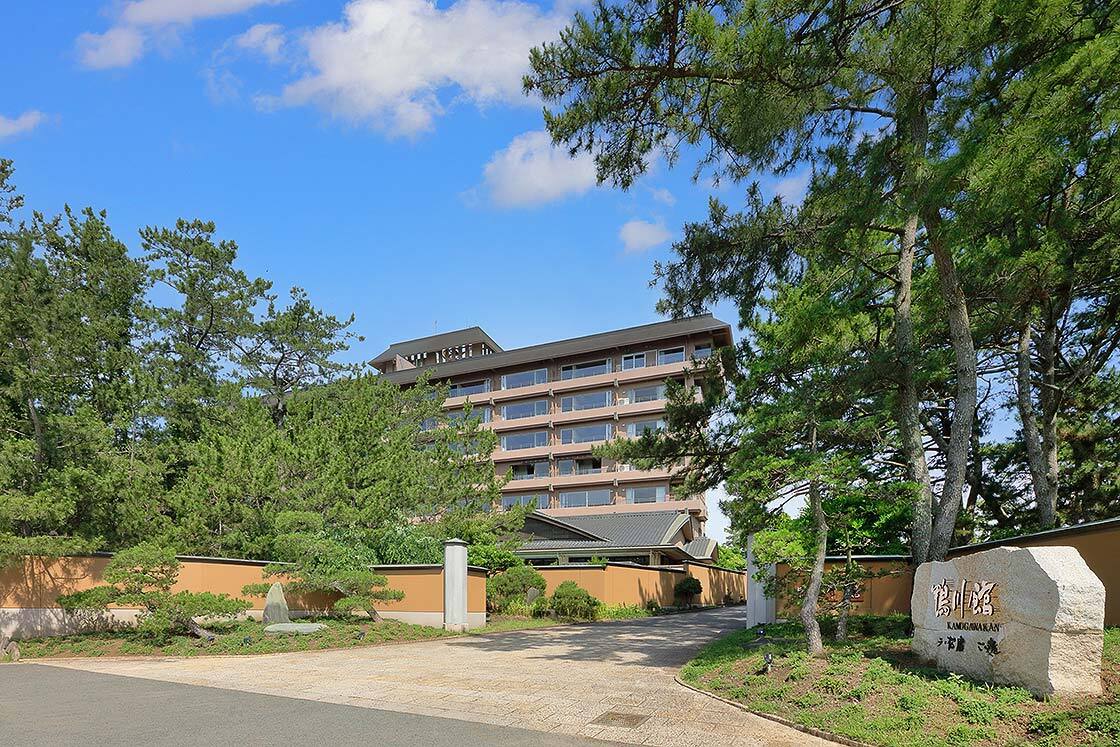
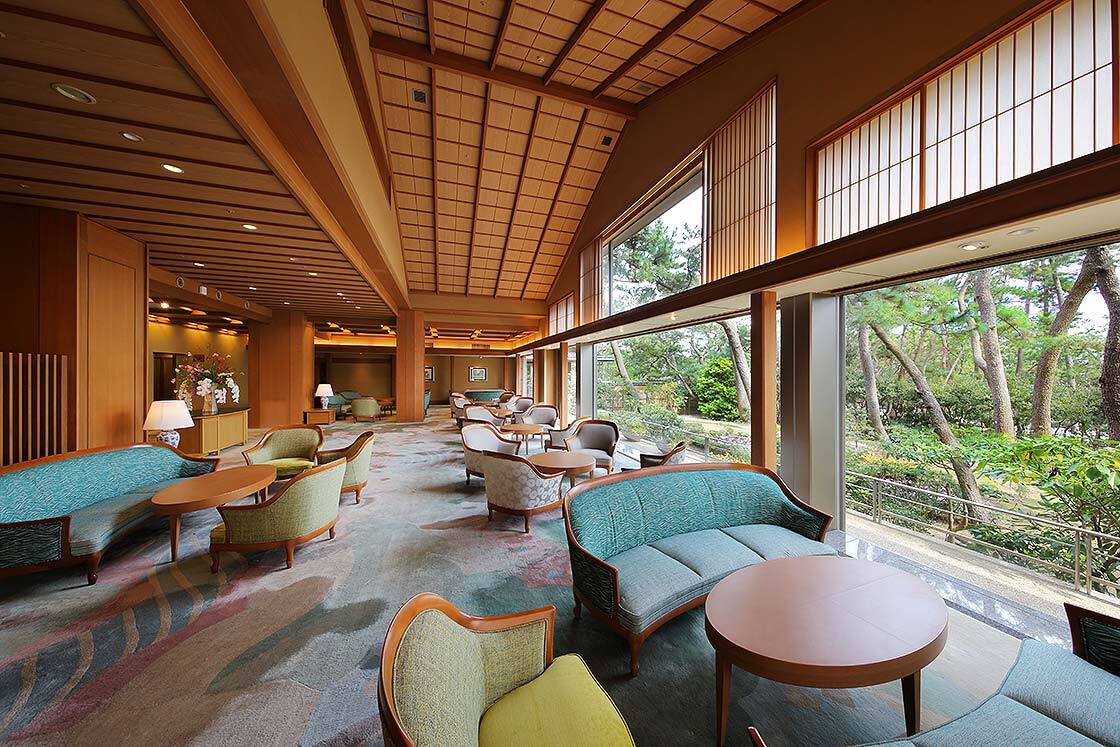
Guestrooms come in a wide range of styles, from classic Japanese-style with tatami and low furniture to elegant hybrid types pairing traditional design with western-style beds. Upgradeable options include extended windows for uninterrupted views over the pine trees toward Maebara Beach beyond, or access to the hotel's stylish lounge and terrace area, where adult guests can unwind with complimentary soft drinks amid soft light and garden views.
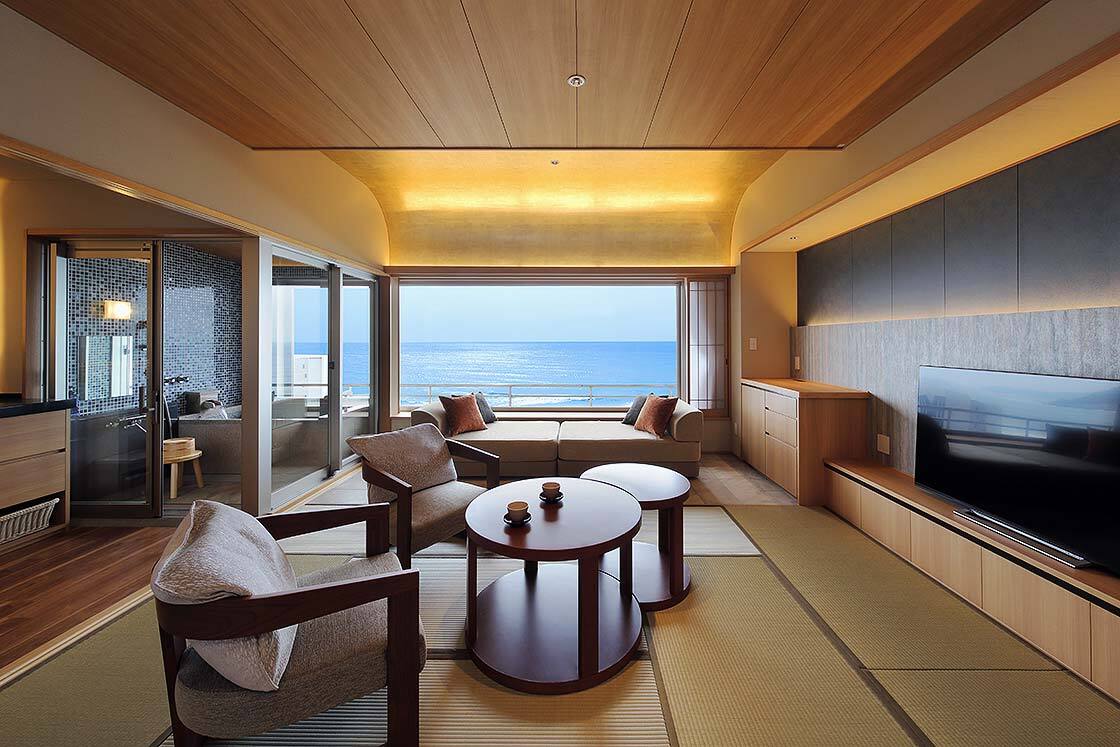
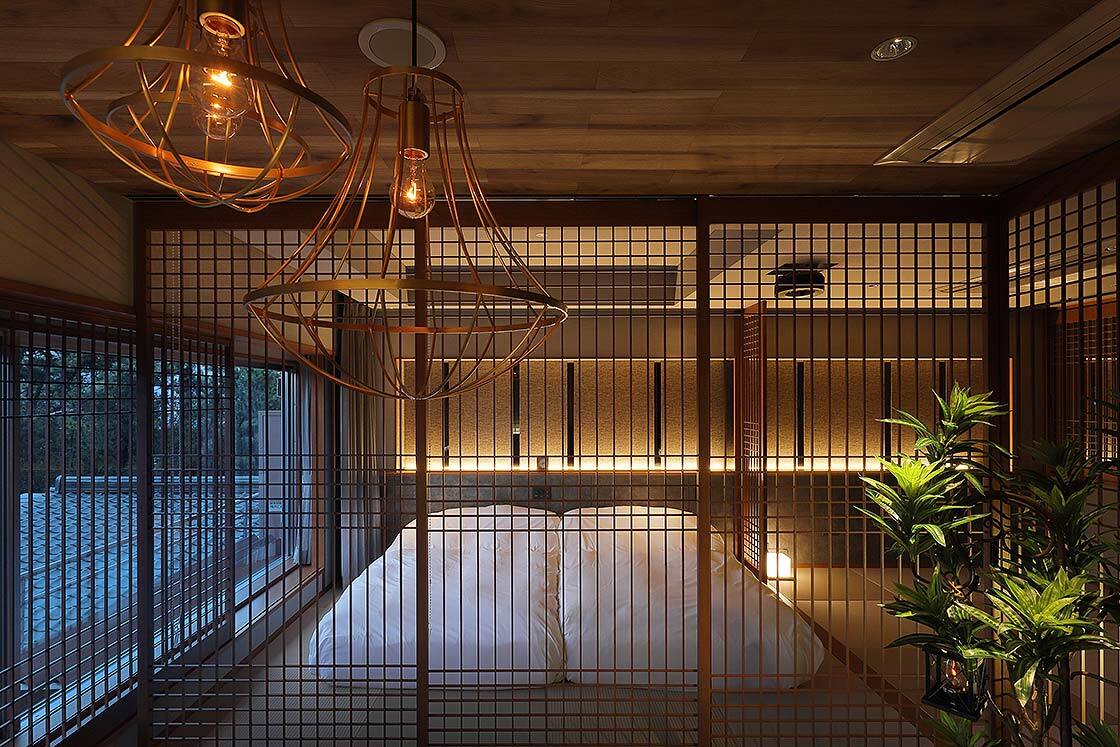
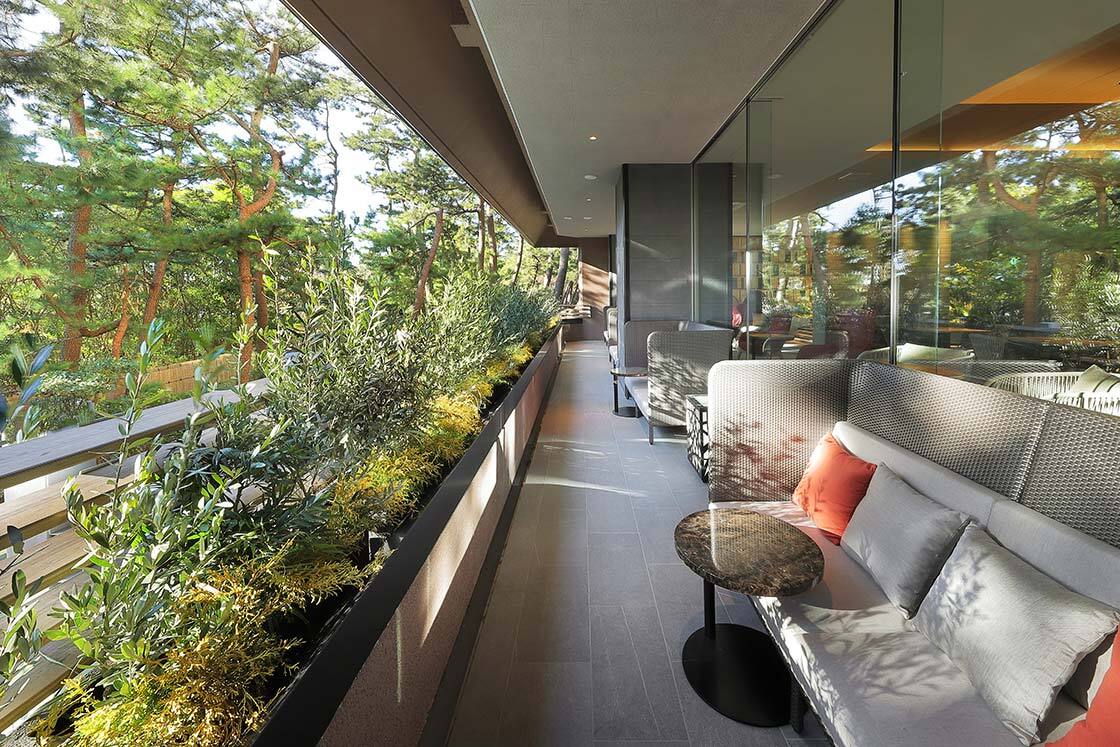
Reflecting both the ryokan's coastal setting and refined atmosphere, cuisine here leans heavily into kaiseki-style course meals showcasing seasonal vegetables and fresh seafood from the Minamiboso coast, with meals served either in the main dining hall or private rooms depending on the plan.


Fed from the smooth and slightly alkaline waters of Kamogawa Onsen, the ryokan's spacious and attractively designed hot spring baths are another major highlight. In addition to two large public baths, these include a stunning open air rooftop bath with an infinity pool effect, perfect for enjoying sunsets.
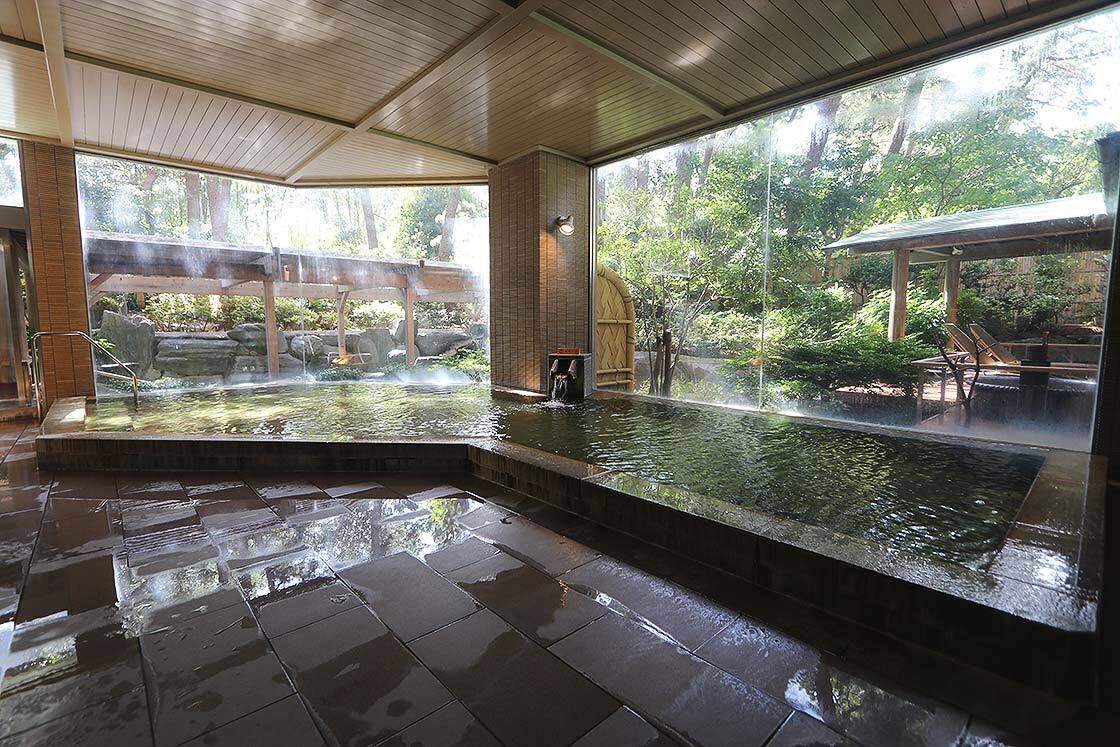
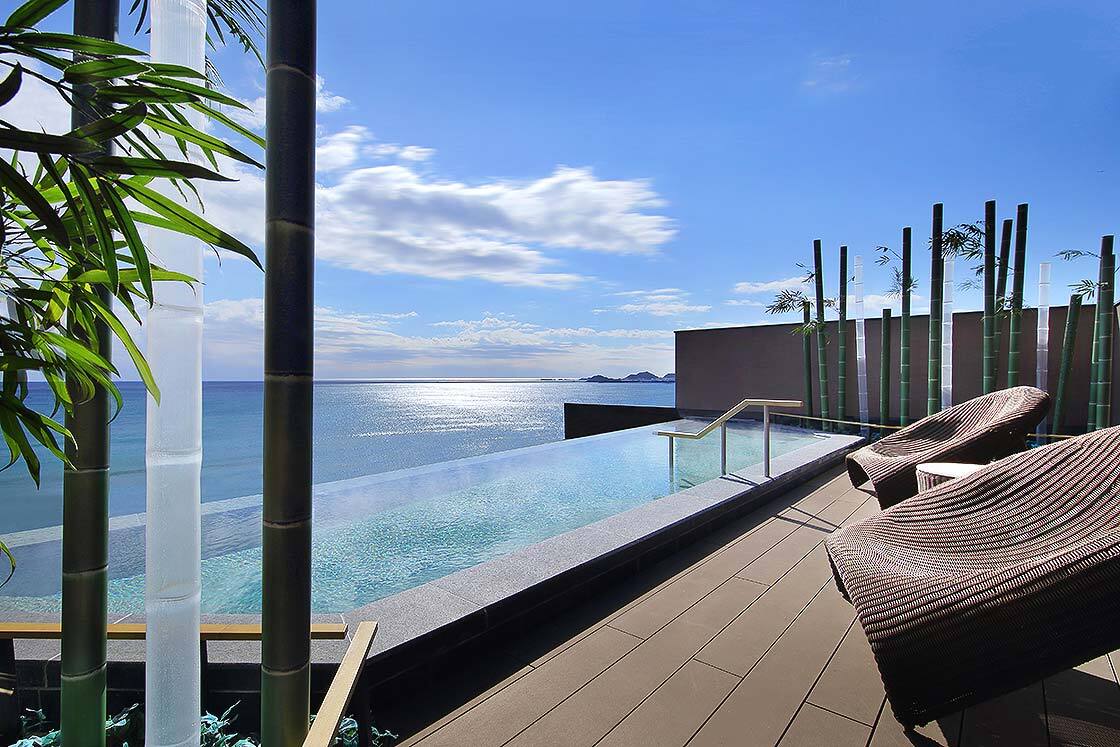
One last touch adding to the sophisticated atmosphere is a thoughtfully curated collection of artworks, from historic tableaux to thoroughly modern abstract pieces, seamlessly incorporated throughout in public spaces, guestrooms and even baths.
Read more about the Kamogawakan here.




